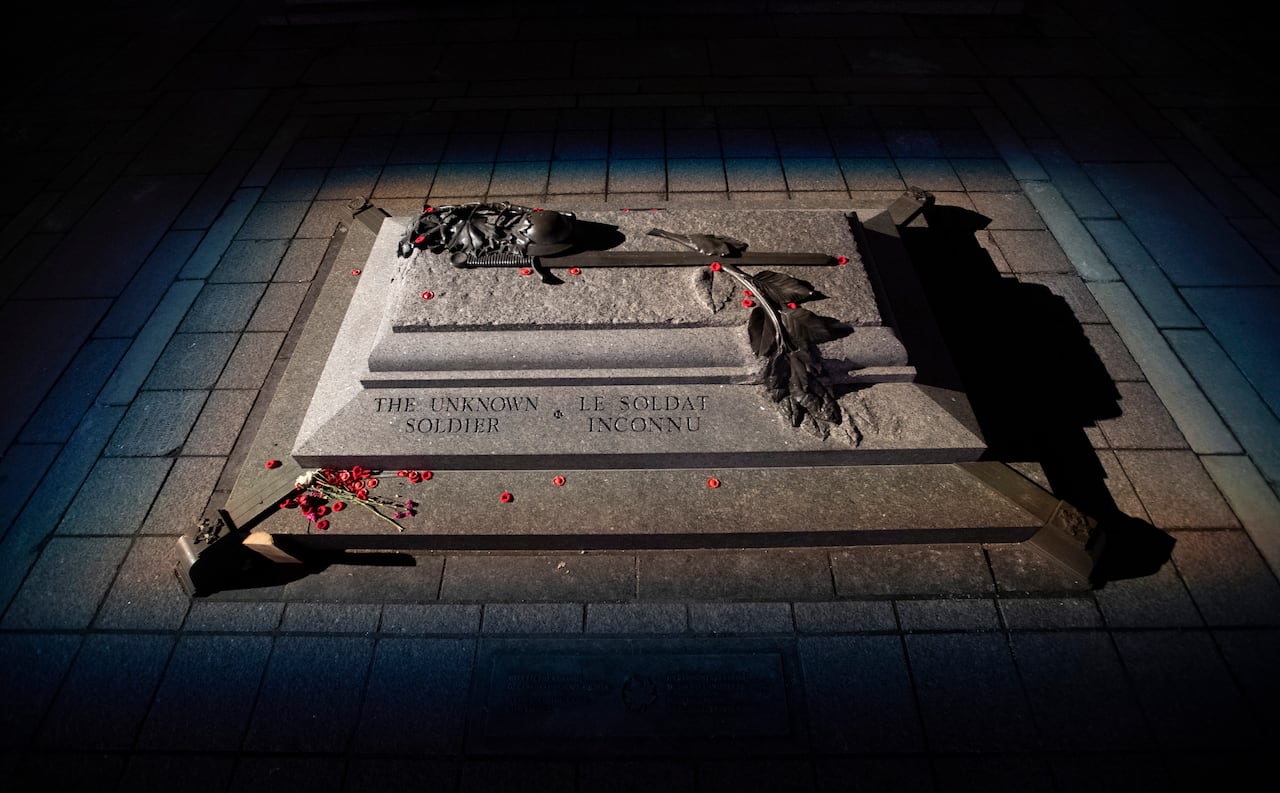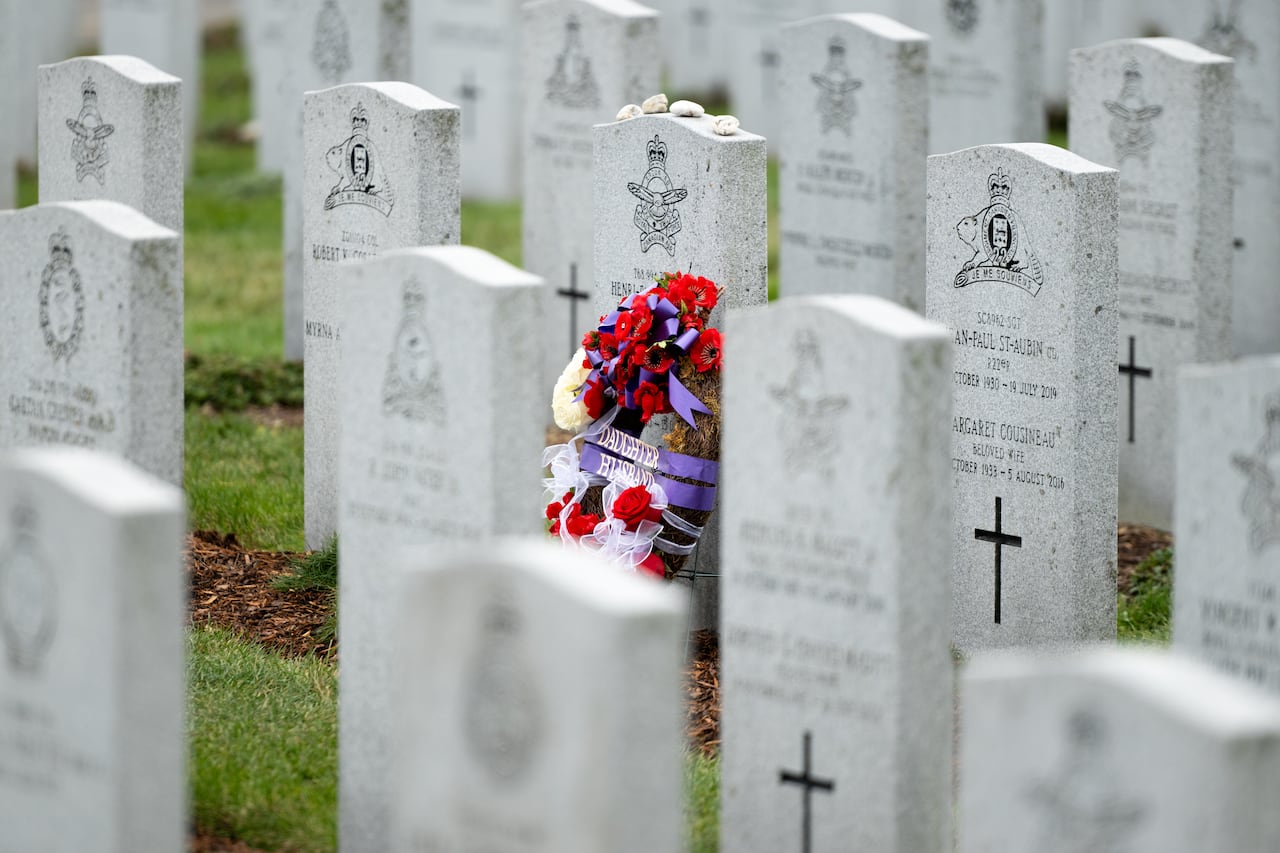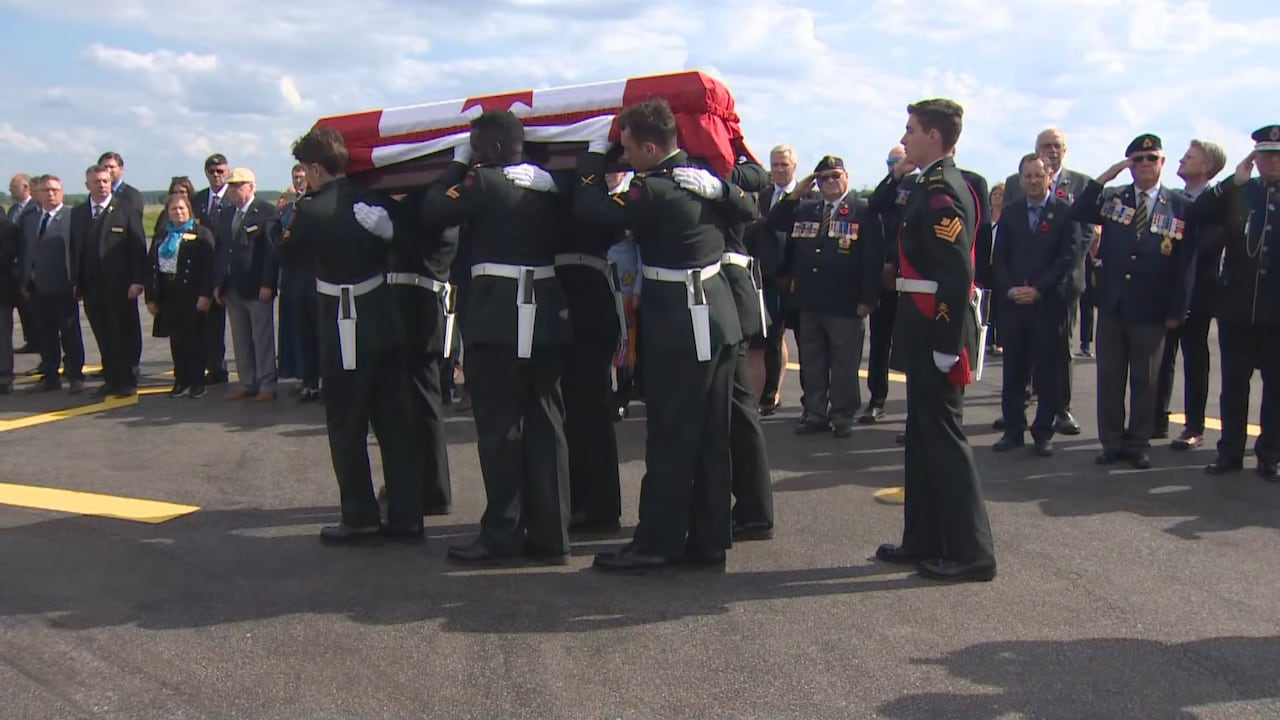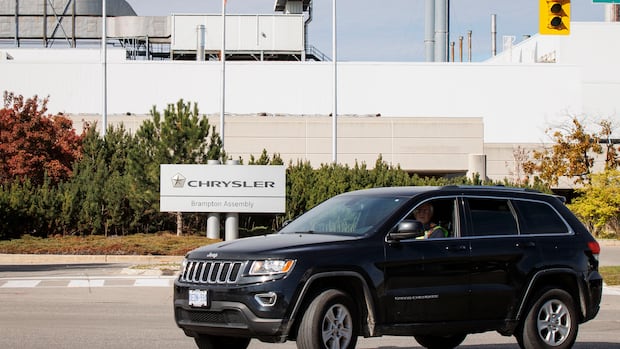It’s often said no one has ever truly died as long as you remember them and speak their name.
It’s more complicated but nonetheless true for Canada’s Unknown Soldier, who was laid to rest under the frozen, watchful gaze of his Great War comrades at the foot of the country’s National War Memorial, in the heart of the nation’s capital.
A casualty of the First World War whose identity remains a deliberate mystery, his life was snuffed on a distant French battlefield more than a century ago.
A victim as much as a powerful symbol, the Unknown Soldier represents — in anonymity — all of the lives that vanished in the fog and fire of war.
He is a soldier whose duty to the country never ends.
His face, his name, the very essence of his individuality — all of the aspects that make us human — were stripped away in the figurative, and sometimes literal, charnel house of the Western Front in the name of King and country in a war we hardly remember today.
There was a time when — to paraphrase the immortal poem In Flanders Fields — he lived, felt dawn, saw the sunset glow, loved and was loved by a family who went to their own graves never knowing his fate.
With much of Canada’s Remembrance Day ceremony taking place around the Tomb of the Unknown Soldier, CBC’s Murray Brewster breaks down its history, symbolism and the challenge to maintain its sanctity as technology evolves.
As Canada begins to rearm and other nations jockey for advantage and supremacy across the globe, we are once again forced to ponder the unthinkable: The possibility that we are on the cusp of another major war.
Russia’s ongoing invasion of Ukraine has demonstrated that — absent a nuclear apocalypse —prolonged warfare and great slaughter on an industrial scale is still possible in the 21st Century.
In the quarter century since Canada’s Unknown Soldier was laid to rest in Ottawa, DNA technology has proliferated and woven scientific certainty into the fabric of our lives in ways previous generations could never have imagined.
That gives rise to the question — if there is a future war, will there ever be another unknown soldier?

Missions — and technology — have changed
More pointedly, would Canadians even accept a modern unknown soldier? And would families today be content not knowing the fate of a loved one?
The answer is — not likely.
The war in Afghanistan and decades of peacekeeping missions were different experiences for Canadians. Casualties came home to their families, unlike in the world wars.
Giving the faces and names back to Canada’s approximately 29,000 missing and unidentified soldiers from the wars of the previous century is the mission of the Department of National Defence’s Casualty Identification Program, which was established in 2007.
It focuses on newly found skeletal remains and pre-existing unknown graves of Canadian soldiers — all of them predating 1970.
As a consequence, Renee Davis, a Defence Department historian, spends a lot of time in cemeteries looking for unknown soldiers.
She helps compile the research in the identification process.
“Each of these stones represents a person,” Davis said on a recent walk through Canada’s National Military Cemetery at Beechwood in Ottawa. She pointed to the different crests and the slightly different shades of colour in the grave markers.
“From the headstones you can actually tell their entire story, and that speaks volumes to remembering who they are.”

Canada and the United States are the most active western nations when it comes to trying to identify war dead from conflicts of the previous century. Both the United Kingdom and France maintain their own programs, but within stricter limits, especially when it comes to the use of DNA testing.
In Germany, it is left up to the non-profit Volksbund Deutsche Kriegsgräberfürsorge (German War Graves Commission), which has been working for decades to find, exhume, identify and rebury German soldiers across Europe. The commission estimates more than two million German soldiers remain unaccounted for.
Powerful symbols
The forensic anthropologist who is part of Canada’s casualty identification team says that while she understands and respects the symbolism, she often personally wrestles with the concept of the unknown soldier.
“It is the complete opposite of what my job is,” Sarah Lockyer said in a recent interview with CBC News.
“It is a complete opposite of one of the major points of forensic anthropology; of being able to identify unknown individuals and return their names and their faces to them. It goes completely against that. And admittedly, I still struggle with having had to do the exact opposite of what my field sort of requires.”
While it is scientifically possible to identify the Unknown Soldier, Canada agreed when the body was returned in May 2000, not to conduct DNA testing. The Commonwealth War Graves Commission only gives up its war dead in unknown graves as long as the countries accepting them swear no effort will be made at identification.
“The unknown soldier was exhumed from Cabaret Rouge near Vimy Ridge, and he was brought back to Ottawa,” said Davis.
“They went out of their way to make sure that it was a relatively randomized selection of individuals who would be the final candidates before actively deciding who would be the one to be exhumed and returned home. And the reason for that is they truly wanted to ensure that he was going to be an unknown soldier in perpetuity, that he could not be identified.”
It started 100 years ago, with the Royal Newfoundland Regiment’s padre, Thomas Nangle. He wanted an unknown soldier from Newfoundland repatriated to honour all the men killed. It didn’t happen in his lifetime, but a small but mighty team worked to fulfil his dream. In Someone’s Son: Repatriating Newfoundland’s Unknown Soldier, the CBC’s Heather Gillis, along with video producers Chelsea Jacobs and Ted Dillon, follows a story a century in the making — from diving deep into archives, to France to speak to the team who exhumed the remains and attend the repatriation ceremonies finally, the unknown soldier’s homecoming.
No one wanted to get into the painful situation the United States found itself in during the 1990s when the identity of the Vietnam-era unknown soldier in that country was revealed through family pressure and DNA testing.
“I don’t think that anyone who was involved in the creation of the Tomb of the Unknown Soldier in the United States ever imagined a moment when this sort of technology would exist,” said Steven Trout, a history professor at the University of Alabama who has written extensively on war and remembrance.
“I think that the existing tombs of unknown soldiers in various nations will remain, and I think they will continue to have powerful symbolic value,” he said.
“I’m certainly not an expert on forensics or the kind of medical technology that’s currently being used, but it seems to me quite doubtful that we’ll have any unknowns in future wars.”

‘It could have been any of us’
One of the last tombs to be established was in Newfoundland in 2024.
An unidentified soldier was brought home after more than a century of resting in French soil — a representative of the more than 800 Newfoundlanders who are missing and presumed dead in the world wars.
Phil Ralph, a retired captain and military padre, said he doesn’t believe the Unknown Soldier will lose any of its symbolic power — even though future casualties will not share his anonymity.
“The unknown soldier himself is that touch point for everyone, because it could have been any of us,” said Ralph, who is now with Wounded Warriors Canada, which provides mental health services to veterans.
However, he can put himself in the shoes of the soldier’s family.
“I would be opposed to anybody trying to find out who the unknown soldier is that’s buried under a national war memorial because it’s such a powerful symbol, but, on the other hand, you know, I’m a dad, and if it was my child — I would want to know.”








